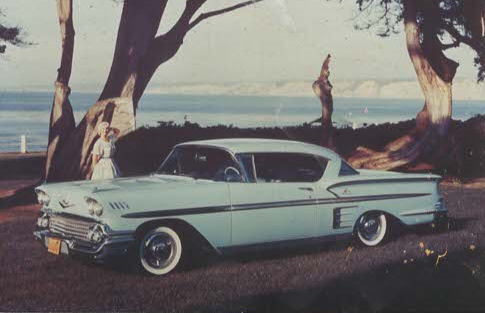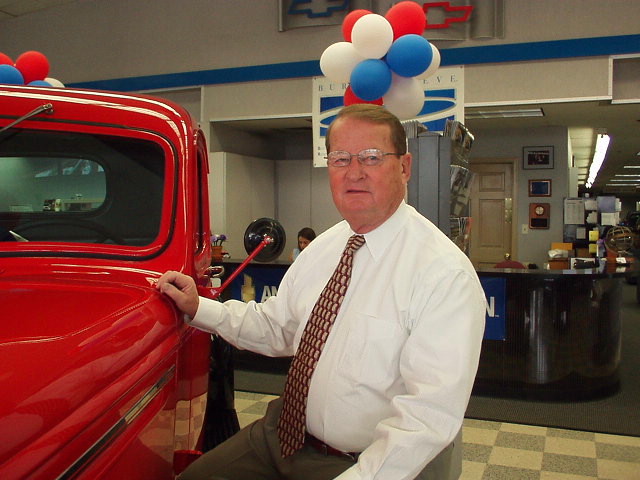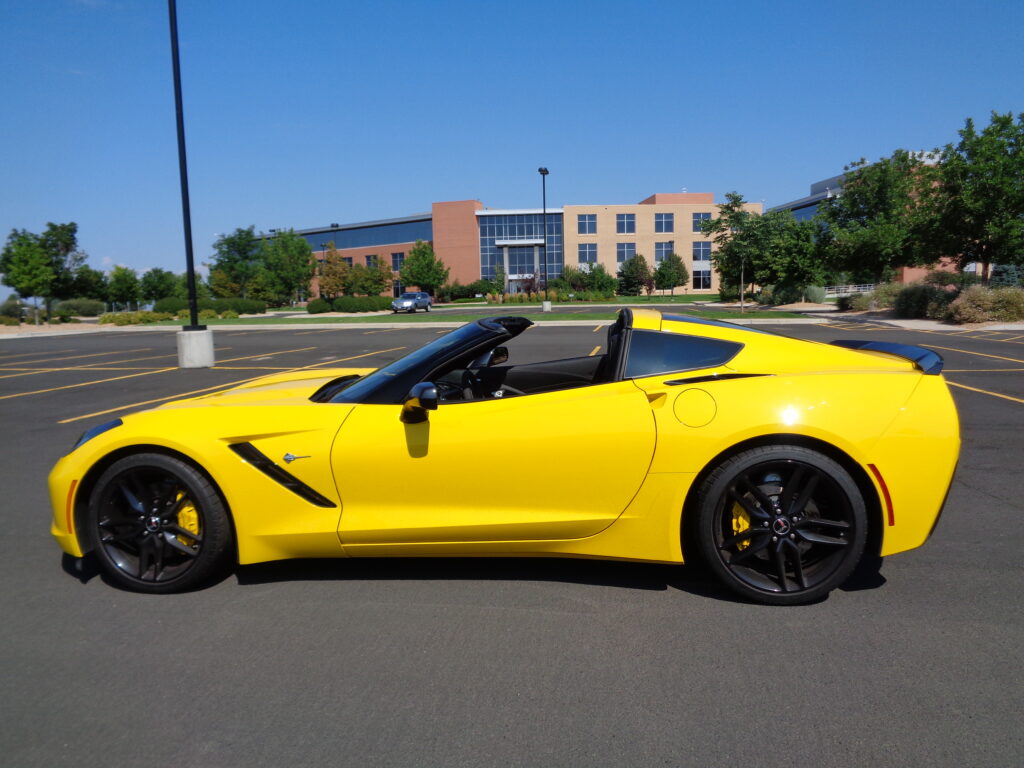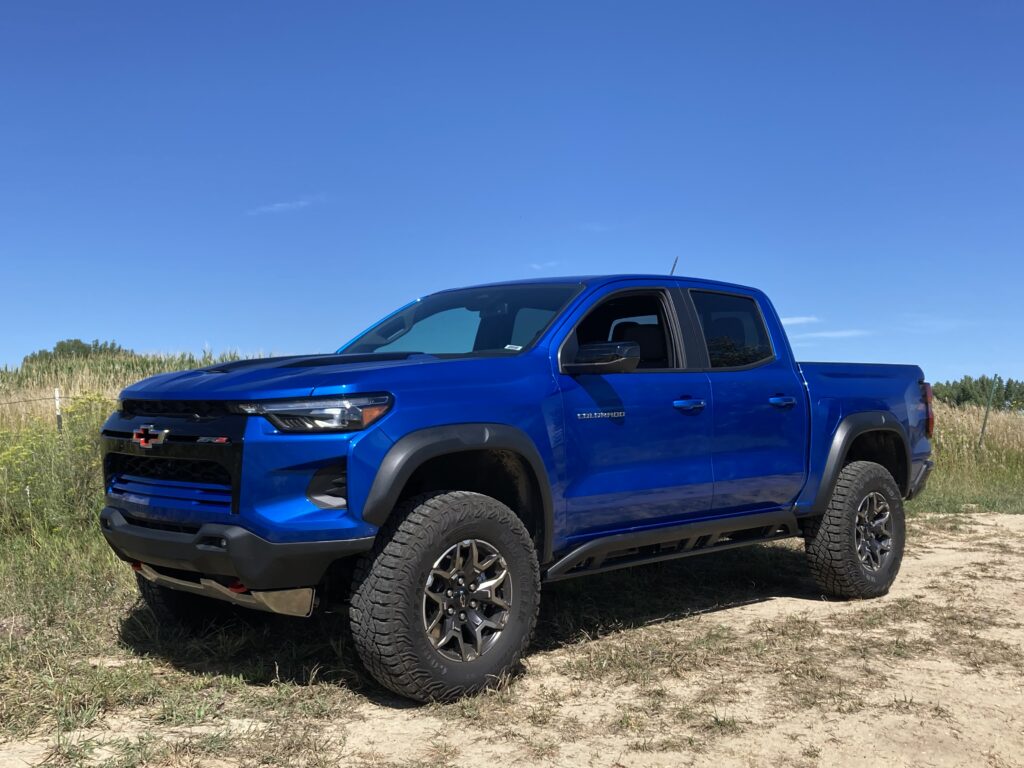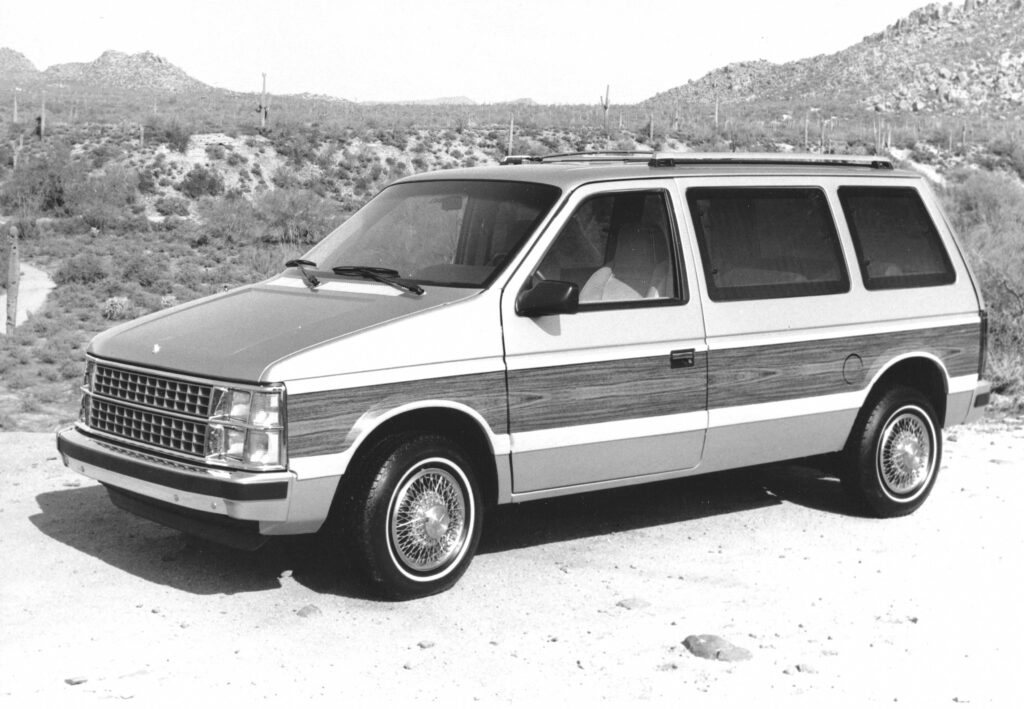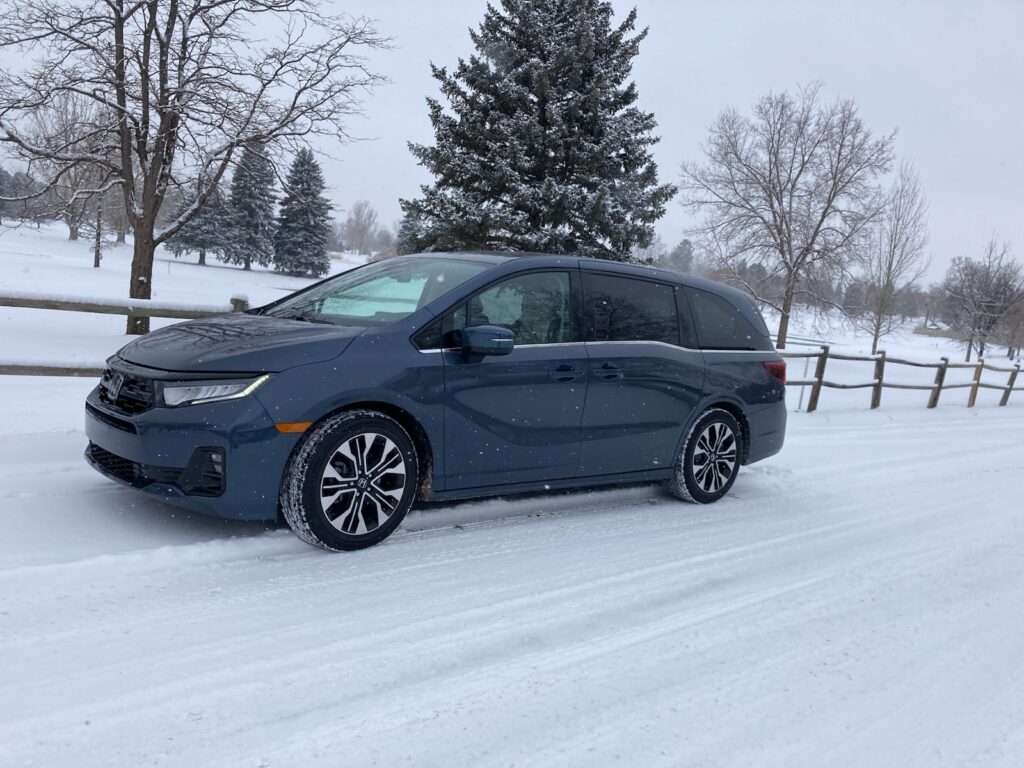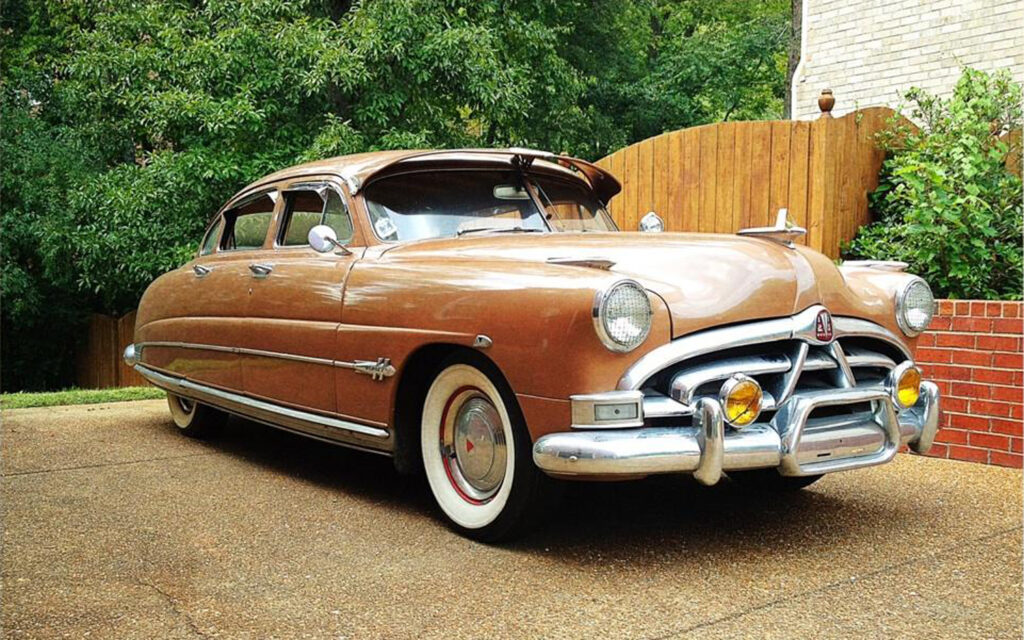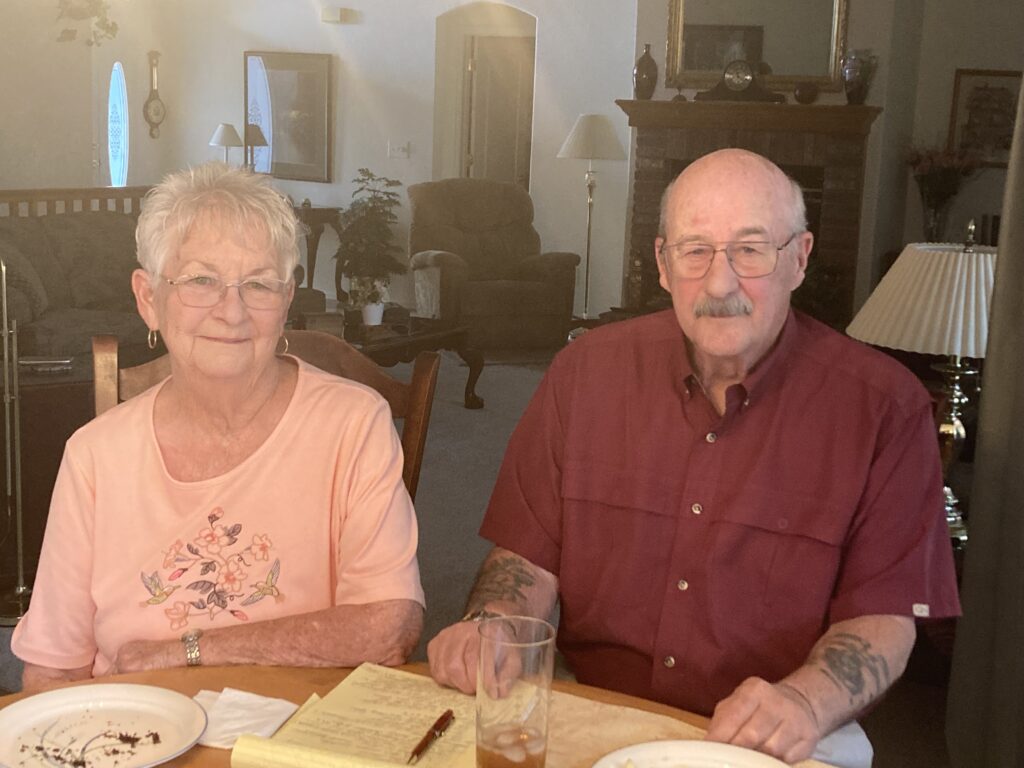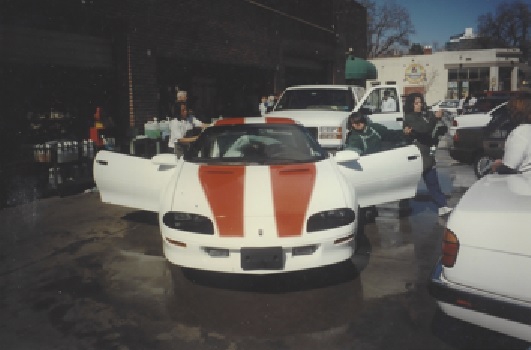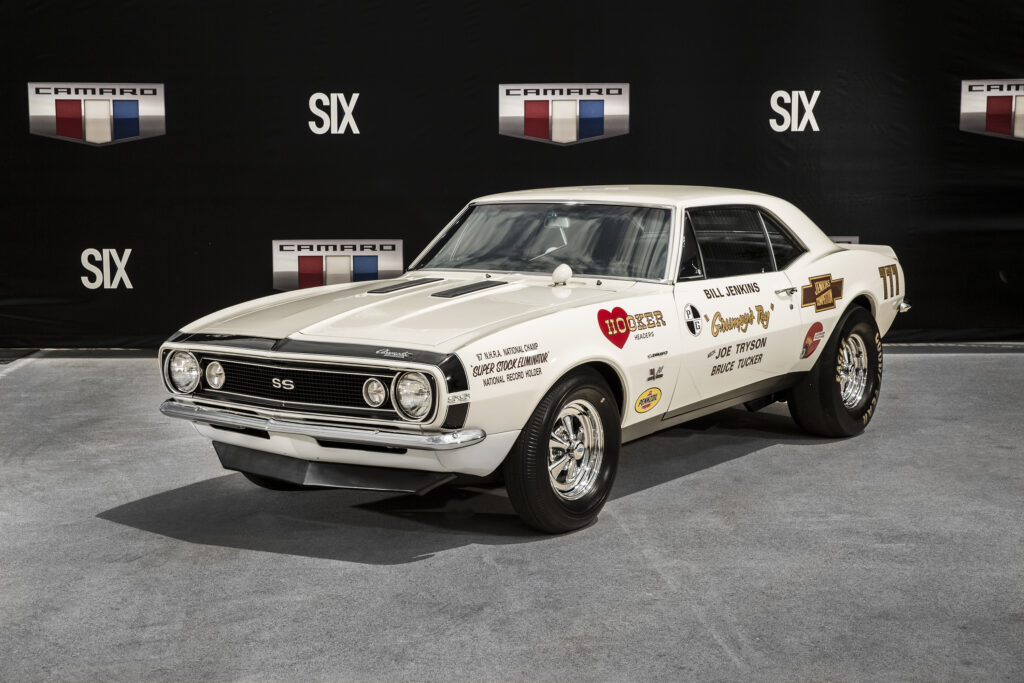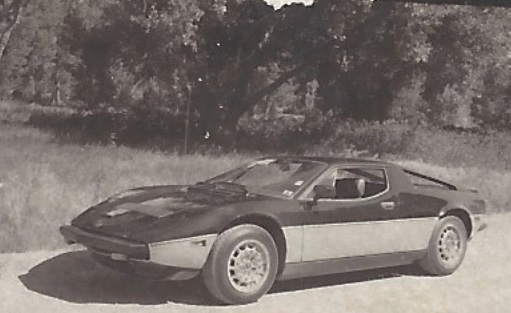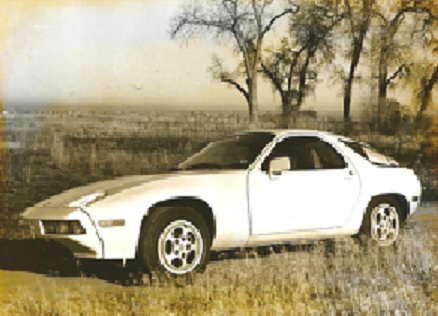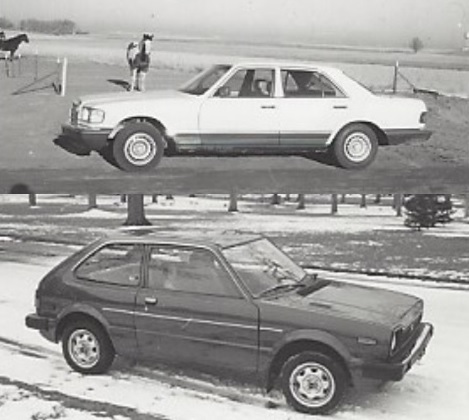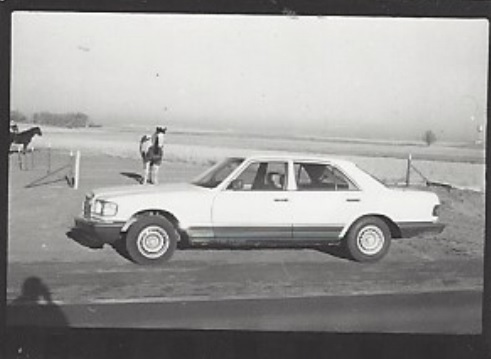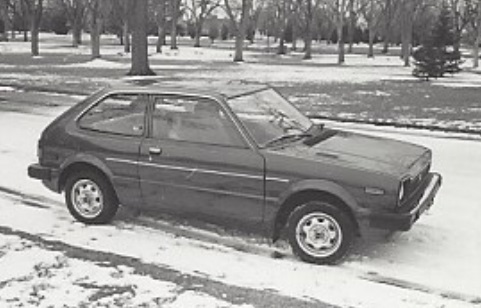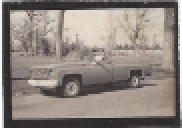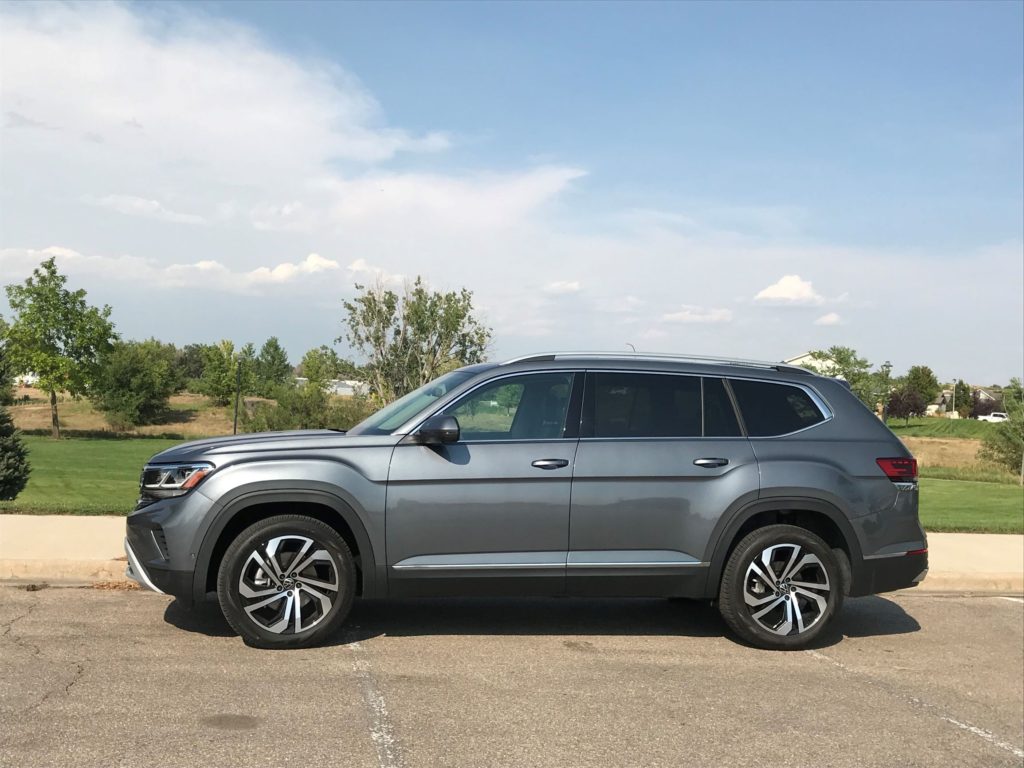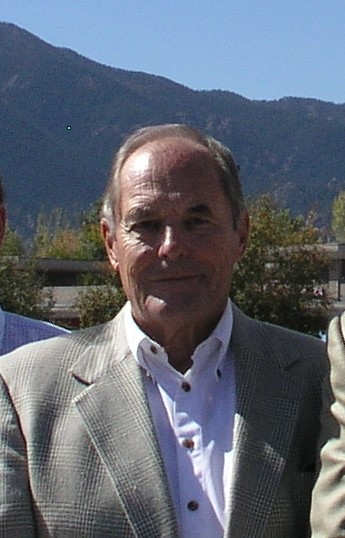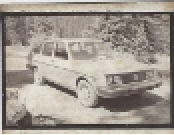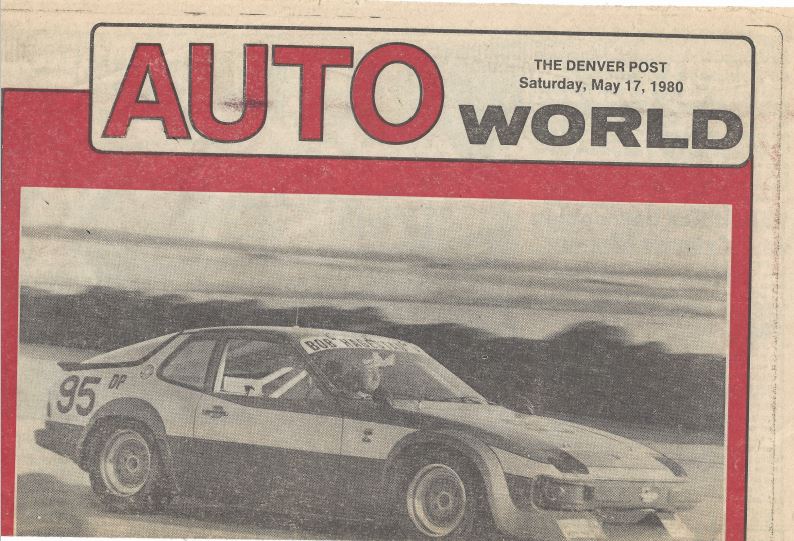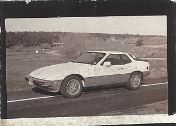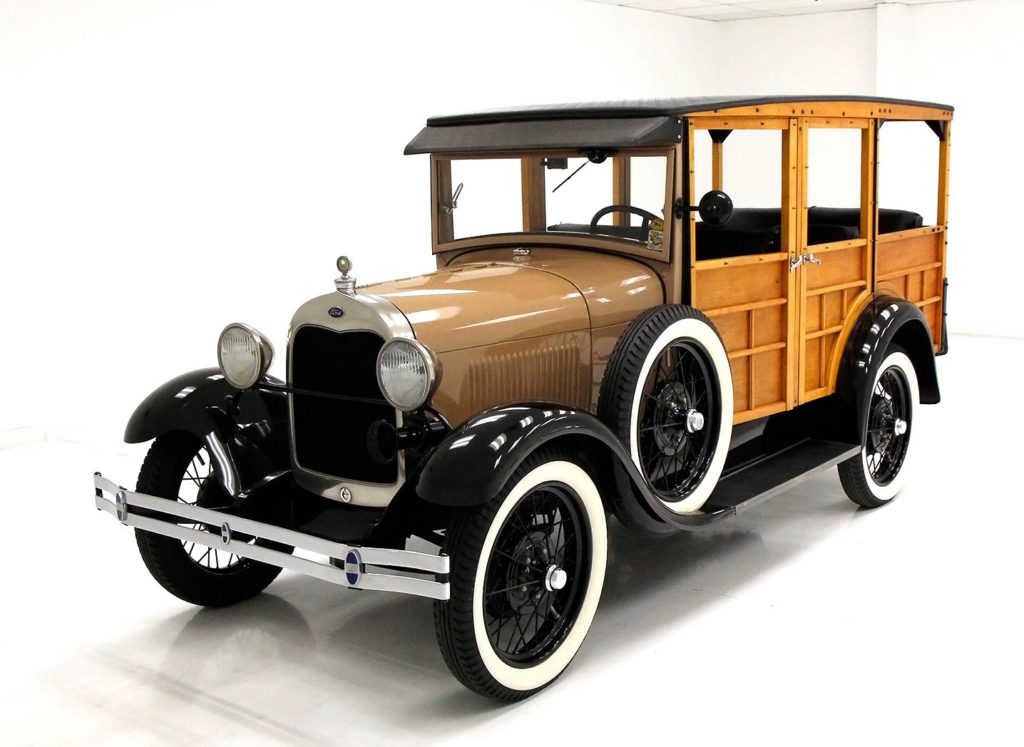During my boyhood, I developed a strong loyalty for brands of Ford/Mercury and Chrysler/Plymouth, for which my father, Dale Wells, had franchises at Wray. Chevrolet, I knew, was chief rival, and I perhaps was a bit aloof to the rosy reports on both style and sales on the Chevy side, particularly in 1955, the year I graduated from high school.
I carried a more balanced mindset as I began writing of automobiles and automotive events 50 years ago; and Chevrolet personnel and products very quickly earned my respect, regard and admiration.
The headline, borrowed from a chapter in my book, “2,600 Cars and a Dog Sled,” refers to the fact Chevrolet passed the aging Ford Model T sales way back in 1926-27 and has been a constant strong competitor.
Here are a few of many Chevrolet-related events and associations I’ve been involved with:
A Chevy Monza Coupe out west on Colfax at Chuck Stevinson’s Chevrolet store on a spring day in 1978 was, under my control, turned back to the east all the way to Lincoln and on to Union, Neb., for interviewing one of the few remaining Studebaker dealers. With Jan beside me and 13-year-old son, Brent, in the tight rear seat, the quality of the Monza ride was okay. A 4-cylinder engine, 4-speed manual transmission and 29 miles per gallon, and only $4,085.
A piano-hauling trip to Texas in April 1980 provided a test for an ‘80 Chevrolet half-ton pickup with a 250-cubic-inch inline-6-cylinder engine and 3-speed automatic transmission. It also was loaned by the Stevinsons. The dirt was blowing on the climb over Raton Pass, the wind trying to remove the plastic cover over the piano. With the load in the back, the wide-seated C10 rode good through New Mexico and Texas. Destination was Fort Worth, where daughter Kim was employed. Fury in the form of a Texas-sized windstorm bucked the pickup on the return from Fort Worth to Amarillo. The truck’s fuel mileage ranged from 12.8 to 17.2, depending on the wind. Unleaded-fuel price was highest at Amarillo, $1.21.8.
Snow and ice and subzero temperatures at Christmastime 1990 were perfect for testing the downsized ’91 Chevy S10 Blazer, a highlight of the 1½ years I spent at the Pueblo Chieftain. Engage the front axle, the Blazer becomes sure-footed and a persistent road-hugger.
Just before Thanksgiving 1997, the snow was soon measured in feet, rather than inches, as I drove a ’98 Blazer four-door I had picked up earlier from Lisa Fleischman at Luby Chevrolet. An electronic push-button made it easy-shifting into and out of four-wheel drive mode. Insta-Trac’s 4-Lo got us away from the house, through 2½-foot-deep snow and into the middle of the street; 4-Hi got us through 1½-feet in the driving lanes. I averaged 12.8 miles per gallon in four days of deep-snow driving.
Turn-of-the-century, Jan. 1, 2000, the 1958 Chevy Impala Sport Coupe was revealed as “best-looking car of all time” in a contest I conducted in the Rocky Mountain News.
“I’d be happy to provide all the local historical material and photos for a special section of our own for Chevrolet’s 100th anniversary in October 2011, if there is interest from Automotive Advertising (in The Denver Post), I suggested in a note to my superiors. There was interest, and I included the all-time favorite Chevys of A.J. Guanella, who worked more than 70 years for Burt Chevrolet, first for the Burt family, then for Lloyd Chavez, finally for Todd Maul after the John Elway name went in place of Burt. Guanella’s choices were 1941 Chevy coupe, ‘51 Chevy pickup, ‘60 Impala coupe and ‘68 Corvette.
Tromp it, the ‘12 Chevy Camaro ZL1 will quickly approach 3-digit speed while still in 3rd gear. We were out east in July 2012 on some fairly wide-open highways, testing the 580-horsepower, 6.2-liter supercharged V-8 with 6-speed manual transmission. Shifts and throttle response from a revised short-throw shifter were smoother than most performance models with manual trannies.
In out of the rain in January 2013 at the old Russell Industrial Center in Detroit for unveiling of Chevrolet’s seventh-generation 2014 Corvette. “The soul of our company is sitting right here tonight in the seat of this new Corvette,” said Mark Reuss, president of General Motors North America. A half hour later, during a “strolling dinner” as part of the Corvette splendor, I bumped into Bob Lutz, former top car guy for GM, who asked immediately upon seeing me, “How is Dean Singleton,” (then publisher of The Denver Post). Lutz, Singleton and I had enjoyed lunch together nine years previously at the Brown Palace in Denver.
The chance to drive the famed, 7th-gen Vette came 19 months later, August 2014, a two-passenger coupe finished in velocity yellow tintcoat. A drive-mode dial selector in the center console lends the Corvette Stingray driver access to five modes, including weather, eco, tour, sport and track. Sticker price: $62,465.
The updated ‘23 Chevy Colorado ZR2 midsize pickup, driven in early September 2023, was my selection as Truck of the Year for its improved power and suspension. The performance boost came from the turbocharged, high-output 2.7-liter 4-cylinder engine, shared by Chevy’s big truck, the Silverado.
